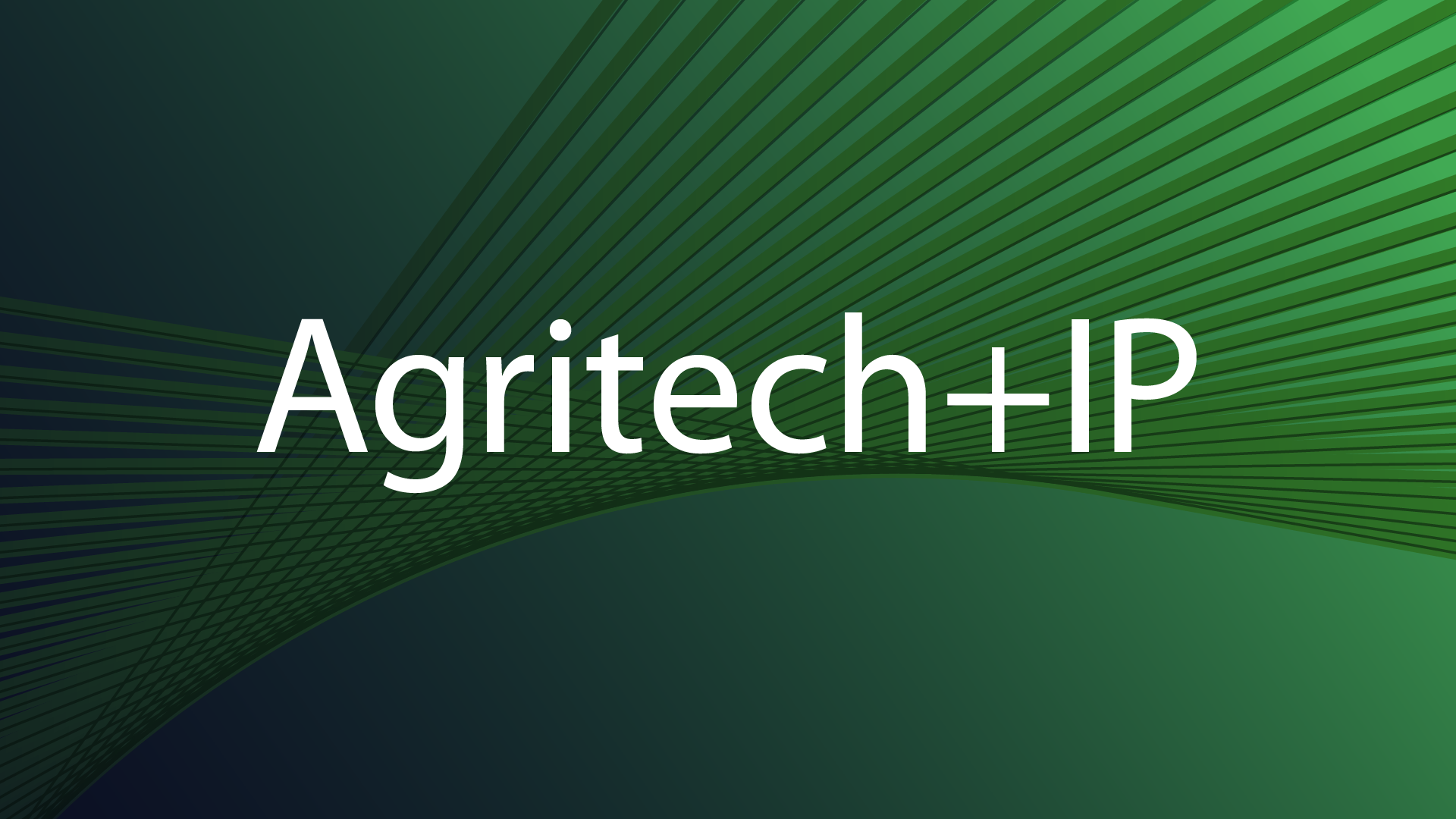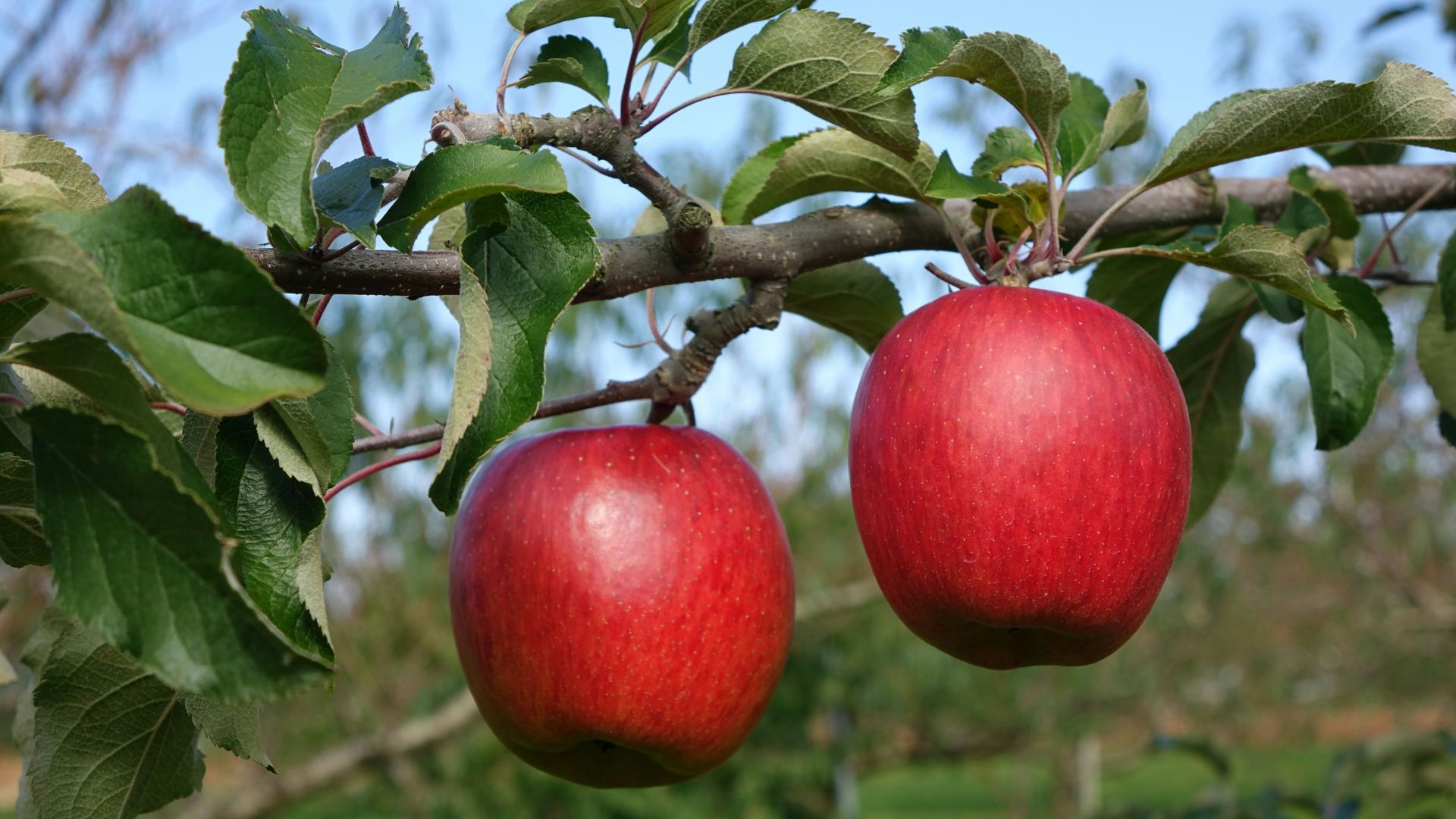Blogs
Blog Series: IP Ingredients, Part 7: Data in food and beverage patent applications – Why, What & How much?
February 2024
Questions I often get asked by innovators looking to file a patent application include: “What kind of experimental data do I need to include?” and “How many examples do we need to test?”
There is no one-size-fits-all answer to these questions; the type and quantity of data that is useful to support a patent application will depend on a number of factors including the nature of the invention, the scope of protection you are aiming to get, and the prior art (i.e. what has been previously disclosed by others in the field). That said, there are some general principles that will help you to decide what to focus on when planning experiments. Before we get to those, let’s first consider the purpose of data in food and drink patents.
1) Why do I need data for my food or beverage patent application?
There is no legal requirement for data to be included in a patent application in the UK or Europe. However, as in other types of chemistry and life sciences inventions, it is common for food and beverage patent applications to contain experimental data. There are two main reasons for this. One reason is that an invention must be described in sufficient detail for a person skilled in the relevant field to practise it. A good way of meeting this requirement (known as sufficiency of disclosure) is to include one or more examples demonstrating how the invention was carried out. As in a scientific paper, the examples should include a description of the methods used, and the results obtained. This is particularly important if the invention is technically complex and cannot be performed using standard techniques. Another important reason for including experimental data is to support the existence of an “inventive step”, by demonstrating that an unexpected technical effect is achieved by the invention as defined in the claims of the patent.
2) What type & standard of data is required?
There are no rules which dictate the type of data that should be included in a patent application. Instead, the data should be guided by the advantageous effect(s) that you believe your invention confers, and should show which features of the invention give rise to those effects. Comparative data is especially useful for demonstrating that the invention provides a benefit that is not achieved outside of the scope of the patent claims.
In a recent decision of the European Patent Office (EPO) (decision T119/21), the Board of Appeal considered the inventiveness of a baked confectionery which had a slightly higher protein content than a prior art product. According to the patentee, the higher protein content resulted in (i) a less dry feeling in the mouth, (ii) a softer food texture, (iii) improved shape stability and (iv) improved dough shape stability. However, the Board found that, even taking into account the data in the patent, it was not credible that the alleged improvements were achieved by the protein content alone. This was because other ingredients commonly present in baked confectionery (e.g. sugar, fibre and lipids) also influence texture, moistness and shape stability, but these other ingredients were not specified in the patent claims. The Board therefore found that the alleged benefits could not be achieved by substantially every composition falling within the patent claims. Ultimately, the patent was revoked for lacking an inventive step.
In the food and drink field, the results of sensory panels can be particularly useful in helping to demonstrate that the invention solves a technical problem. For example, in another recent decision of the EPO (T2004/21), the Board considered the inventiveness of a chewing gum that differed from the prior art in the amount of coarse erythritol granules. The patent contained the results of consumer sensory tests in which consumers were asked to sample different gum compositions and then answer the question “how effective was this gum in giving your mouth a hydrating effect?” The patent presented the percentage of consumers who answered “extremely effective” or “very effective” for each sample. However, it is not always necessary to present such data quantitively; in some cases it can be sufficient to show the relative improvement of one sample compared to another (e.g. “sample 1 was sweeter than sample 2”).
In terms of the standard of data, it is not usually necessary to meet the standard that is normally needed for publication in a scientific journal e.g. with a certain number of repeats, or showing statistical significance. That said, any experiments described should be reproducible by a person skilled in the particular field.
3) How much data do I need?
Again, it depends on what you are trying to claim. For example, if you want to obtain broad patent coverage, it may be necessary to provide more data points in order to establish that a technical benefit is achieved across the whole scope that you want to protect.
A useful example is Impossible Foods’ European patent EP2943072B1 for a meat substitute, which was revoked by the EPO (currently under appeal). The granted patent claimed a meat substitute comprising a heme-containing protein and at least two flavour precursor molecules selected from a list of 40 compounds. The scope of the patent therefore covered billions of combinations of proteins and flavour precursors. However, some of the combinations exemplified in the patent did not produce the claimed effects. As a result, it was found that the patent contained insufficient information to enable a person skilled in the field to achieve the claimed technical effect (the taste and smell of meat) without carrying out extensive testing.
Given the potential importance of data in helping to secure patent protection for a new food or drink innovation, it is prudent strategy to consider what experiments would be useful to achieve your commercial goals before you aim to file your patent application.
For more advice on the type and quantity of data that will be useful in the context of your specific invention, feel free to get in touch with Jennifer Bailey at jbailey@hgf.com.
This article was prepared by Partner & Patent Attorney Jennifer Bailey.






























